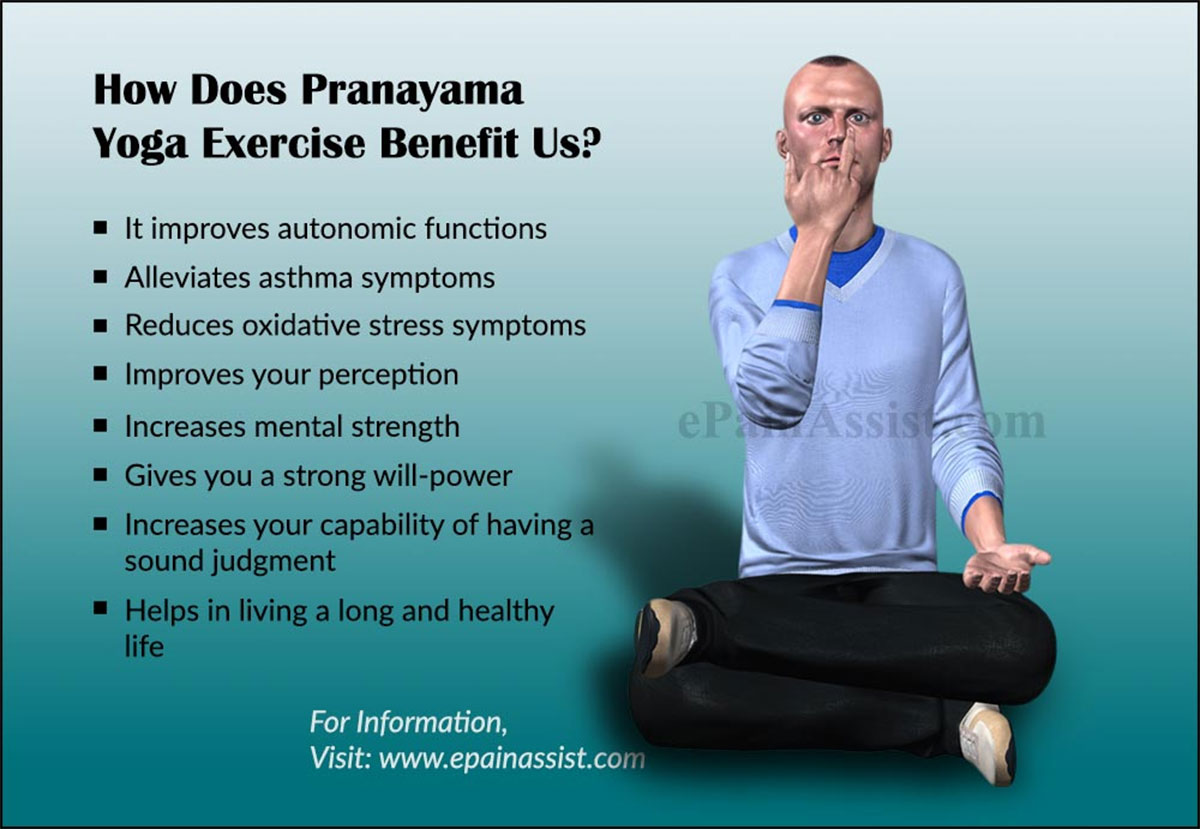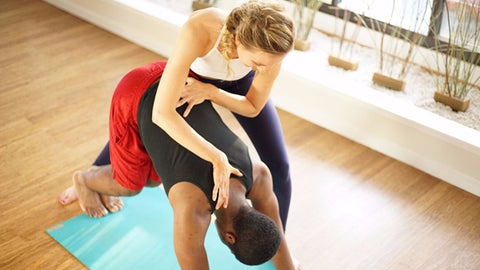
CAM and IM can be used to refer to different forms of complementary and alternative medicine. These therapies are available at the National Center for Complementary and Integrative Health. They include Functional and Alternative Medicine. Many maladies can be treated with them. These methods are not for everyone. These methods are not for everyone. It is better to seek professional guidance if you wish to try them.
CAM
Alternative and complementary medicine is a broad term that includes a variety holistic practices. Most traditional medical practices are focused on the underlying causes of disease. Complementary and alternative medicine (CAM), however, focuses more on treating the whole person. It's often used in conjunction of conventional medical treatment.
CAM can be an effective treatment option, which reduces dependence on medications. It gives patients more control over how they feel about their health. Integrative medicine has become more popular in America. It is being used to complement conventional medical treatment. Although there are still many misconceptions about CAM it is becoming a viable option.
IM
There is an ongoing battle between traditional and complementary medicine. But this battle may be beneficial in the long run, as it helps bring greater clarity to the research that is needed to support each practice. Both IM (Complementary Medicine) and CAM (Complementary Alternative Medicine) are both considered complementary medicine. Research may be able to help clarify each other's meaning.

IM aims promote holistic health by combining evidence based and non-traditional therapies. The concept emphasizes patient involvement in health promotion and disease prevention, as well the importance of the partnership between the patient's healthcare provider and the patient. Integrative medicine sees the patient in all aspects, including their mind and spirit, when diagnosing and treating.
Alternative medicine
Complementary and integrative medicine is a broad term for various alternative therapies that are used alongside conventional medical treatments. They are not considered'standard treatments' but can be used to treat certain illnesses and conditions. These alternative therapies may include acupuncture or a special diet. They can also be used in combination with conventional medicine for a range of conditions.
There are significant differences between scientific medicine and complementary and alternative medicine. Researchers use scientific methods to investigate possible treatments and conduct ethical clinical trials. In contrast, alternative medicine practitioners fail to follow proper research protocols.
Functional medicine
It's a smart idea to research local practitioners if you are interested in learning more about functional medicine. Before you go to a complementary medicine consultation, it is a good idea to first consult your primary care physician. Your doctor can also refer you to an integrative health practitioner if you feel that your symptoms are not responding to conventional treatments.
Integrative medicine has the goal to reach the root cause of patients' health problems and to treat the whole person for optimal health and well-being. Functional medicine doctors are board certified, meaning they have completed rigorous medical school training and may have received additional specialized training. One doctor who practices functional medicine is Dr. Rachel Sugarman, a board-certified internal medicine, functional medicine, and hospice physician, with additional certification in acupuncture.

Mind-body approaches
There is a track record of health improvement using mind-body techniques in integrative medicine and complementary therapies. These interventions are becoming more popular for treating a wide range of conditions, including depression and anxiety. They are often more acceptable and accessible than conventional forms of mental health care. However, the rates of utilization are not uniform. Mind-body interventions are more popular among white middle-aged women who are non-Hispanic and of non-Hispanic race. These techniques may also prove to be beneficial to people with low socioeconomic status or who are in a disadvantage.
Mind-body approaches in complementary and integrative health care have become increasingly popular in recent years. Over a third (33%) of adults have tried such methods in the past year. These techniques include mindfulness-based stress reduction and cognitive therapy.
FAQ
How does yoga work
Yoga is all about alignment, breathing control, meditation, stillness, and stillness. Yoga can be practiced properly to create peace and calm within the practitioner.
Warming up is the most important part of any yoga class. For example, you might do forwarding and backward bends (bending forward), side bends (bending down), twists, or side bends. These moves will loosen your muscles and prepare for deeper poses.
Next, you will need to balance in the "standing" pose. Next, stand straight up with your feet and your arms extended. Then, look down towards the ground. Your body should feel rooted and centered.
Next, you need to get into deep stretching postures. In these poses, you lie face up on the ground, bend your knees, lift one leg, then the other, and stretch your spine in every direction possible. Keep your balance and keep you from falling by grasping onto something sturdy. You can rest your hands on the ground if you don't have something to hold onto.
After all these poses are completed, you'll be able to transition into a series or standing poses. These poses include the warrior pose, mountain pose, downward facing dog and upward facing dog, plank pose, final pose, and plank pose.
It's important that you take your time and breathe slowly when practicing yoga. Deep breathing can not only clean your lungs, but it also calms your mind. Focusing on your exhales and inhales can help you do this. Make a habit of counting every time that you take a breathe.
You can do yoga wherever you are, even while cooking. Follow the same steps, except that you should sit up instead of lying down.
You can start with only 10 minutes per day if yoga is new to you. Yoga can be beneficial for anyone, regardless of age.
Are yoga mats expensive?
A yoga mat of high quality can cost between $20 and $100 depending on its size, material, and type.
Do I have to be flexible to do yoga?
It depends on what kind of yoga you choose. Some styles demand flexibility, while others require strength and flexibility.
Different styles of yoga require different levels of flexibility. For example, beginners might just need to raise their arms above the head. Intermediate practitioners might need to bend forward to touch their toes. Advanced practitioners may be required to do deep twists and turns.
Do my clothes fit well after I do yoga classes?
Most likely, yes. Most yoga pants have elastic waists that stretch when worn. They should be loose enough to wear during a workout, and not feel constricting.
Yoga pants may not fit well if your weight has dropped recently. Consider wearing leggings, or shorts, instead.
Statistics
- About one in seven U.S. adults practiced yoga in the past 12 months, according to a 2017 national survey. (nccih.nih.gov)
- Start your Fall off right with 20% off All Access Membership when you sign up by 9/25! (corepoweryoga.com)
- A 2020 review of 27 studies (1,805 total participants) of yoga interventions in children or adolescents found reductions in anxiety or depression in 70 percent of the studies, with more promising results for anxiety. (nccih.nih.gov)
- Gentle yoga has been shown to ease some of the discomforts of tender, swollen joints for people with arthritis, according to a Johns Hopkins review of 11 recent studies. (hopkinsmedicine.org)
- The American Psychological Association recently shared that 84% of American adults feel the impact of prolonged stress (5). (healthline.com)
External Links
How To
Can I do yoga during pregnancy?
Pregnancy can affect your ability to do certain poses safely. Before you begin a new program for exercise, make sure to consult your doctor.
You can still perform many poses during pregnancy. These are some tips to help you get started:
-
Weight lifting should not be done above the shoulders by pregnant women. Instead, try dumbbells and resistance bands made of lightweight materials.
-
Avoid deep twists. They could cause pressure to your stomach.
-
Before you have children, avoid backbends. These can cause excessive strain on your lower back.
-
Before you deliver your baby, make sure to not sit on your stomach or cross-legged until the delivery.
-
You should not attempt to invert poses such as handstands or headstands without your doctor's approval.
-
Do not exceed 30 minutes of practice per day.
Yoga can be continued throughout pregnancy if you are ready. Your doctor will help you determine when you're ready to begin practicing yoga.